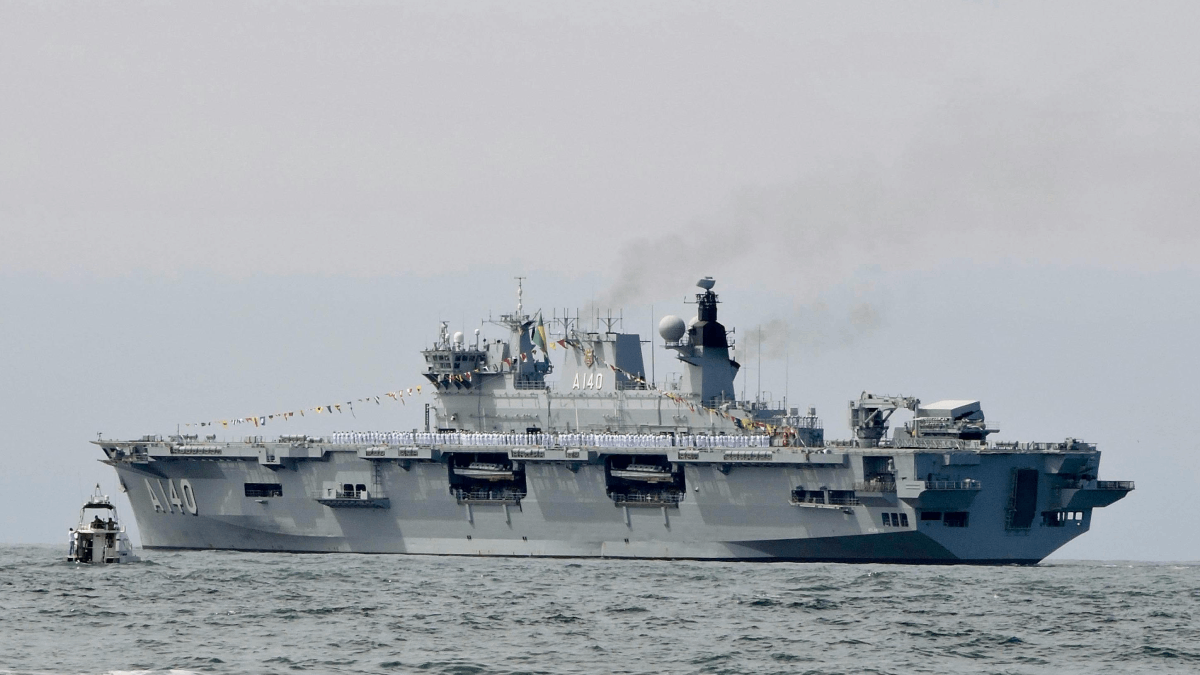Public relations professionals in the defense technology sector face unique challenges when communicating about sensitive technologies during times of international conflict. Defense companies must balance transparency with security requirements while addressing public concerns about weaponization. Leading firms like Lockheed Martin, Northrop Grumman, and Raytheon Technologies have shown that successful PR strategies focus on clear communication about technological innovations and their broader societal benefits. This approach helps companies maintain public trust while navigating complex regulatory environments and diverse stakeholder interests.
PR Overview
Building Trust Through Transparent Communication
Defense technology companies operate in an environment where public scrutiny intersects with national security interests. Successful PR strategies start with transparent communication about company operations, research initiatives, and technological developments. Companies like BAE Systems demonstrate this by regularly sharing updates about their work in cybersecurity and defense innovations, while carefully adhering to security protocols.
PR teams must develop messaging frameworks that explain complex technologies in accessible terms. This includes creating detailed fact sheets, white papers, and technical briefings that help journalists, investors, and the public understand the purpose and limitations of defense technologies.
Regular stakeholder engagement sessions provide opportunities for direct dialogue with community members, addressing concerns before they escalate. These sessions can include town halls, expert panels, and facility tours when security protocols permit.
Highlighting Humanitarian Applications
Defense technologies often serve dual purposes, with significant humanitarian applications. PR strategies should emphasize these beneficial uses to build public support and understanding. For example, military satellite technology supports global disaster response efforts, while defense research advances medical treatments and civilian transportation.
Companies can showcase specific examples of their technologies helping communities:
- Disaster response coordination using military communication systems
- Search and rescue operations utilizing thermal imaging technology
- Medical evacuation capabilities developed for battlefield conditions
- Water purification systems adapted from military applications
These stories demonstrate the broader value of defense technology investments beyond military applications. PR teams should develop case studies and media packages that illustrate these humanitarian impacts with concrete examples and measurable results.
Managing Media Relations
Strong relationships with media outlets form the foundation of effective defense technology PR. Companies must provide journalists with accurate, timely information while respecting security limitations. This requires:
- Regular media briefings on non-classified developments
- Access to technical experts for background information
- Clear communication channels for fact-checking and verification
- Rapid response capabilities for breaking news
PR professionals should maintain relationships with journalists who understand the defense sector’s complexities. These relationships help ensure accurate reporting and provide channels for correcting misinformation when it appears.
Social media presents both opportunities and challenges for defense technology companies. While these platforms offer direct communication channels with stakeholders, they require careful content management to maintain security and accuracy.
Successful social media strategies include:
- Regular updates about public-facing projects
- Educational content about technology applications
- Community engagement through Q&A sessions
- Rapid response to misinformation
Companies should develop clear social media guidelines that outline security protocols and messaging standards. This ensures consistent communication while protecting sensitive information.
Crisis Communication During Geopolitical Tensions
During international conflicts, defense technology companies must maintain neutral positioning while continuing operations. This requires:
- Pre-prepared communication protocols for various scenarios
- Clear chains of command for message approval
- Monitoring systems for emerging issues
- Regular updates to crisis communication plans
PR teams should develop response templates for common scenarios while maintaining flexibility to address unique situations. This preparation helps companies respond quickly and appropriately to developing events.
Addressing Weaponization Concerns
Public concerns about weapons development require careful, thoughtful responses. PR strategies should:
- Acknowledge public safety concerns
- Explain safety protocols and oversight mechanisms
- Demonstrate commitment to ethical development
- Share information about non-military applications
Companies can address these concerns through regular updates about their ethical guidelines, safety protocols, and oversight mechanisms. This transparency helps build public trust while demonstrating responsible technology development.
Building Industry Partnerships
Collaboration with other organizations strengthens PR efforts in the defense technology sector. Companies should:
- Partner with humanitarian organizations
- Participate in industry associations
- Engage with academic institutions
- Support community development programs
These partnerships provide third-party validation and expand the reach of positive messaging about defense technology applications.
Measuring PR Success
Effective PR strategies require regular evaluation and adjustment. Key metrics include:
- Media coverage sentiment analysis
- Social media engagement rates
- Stakeholder feedback surveys
- Crisis response effectiveness
Companies should establish baseline measurements and track changes over time to assess PR program effectiveness and guide strategy adjustments.
Conclusion
Successful PR strategies in defense technology require balancing transparency with security while highlighting humanitarian applications and addressing public concerns. Companies must maintain strong media relationships, manage social media effectively, and prepare for crisis situations. Regular evaluation and adjustment of PR programs ensure continued effectiveness in managing public perception during geopolitical tensions.
Next steps for PR professionals in defense technology companies include:
- Reviewing current communication strategies
- Developing comprehensive crisis communication plans
- Building relationships with key media contacts
- Creating content highlighting humanitarian applications
- Establishing measurement systems for PR effectiveness
These actions will help companies maintain positive public perception while navigating complex geopolitical environments.
Marketing Blockchain to Non-Crypto Audiences: The New Playbook
Most blockchain marketing fails before it begins—not because the technology lacks merit, but...
How PR Shapes Trust in a Post-Hype Blockchain Era
The blockchain industry has weathered multiple storms—from spectacular exchange collapses to...
The New Playbook for AI-Enhanced Brand Messaging
Brand messaging used to be a game of instinct, intuition, and endless rounds of creative review....




